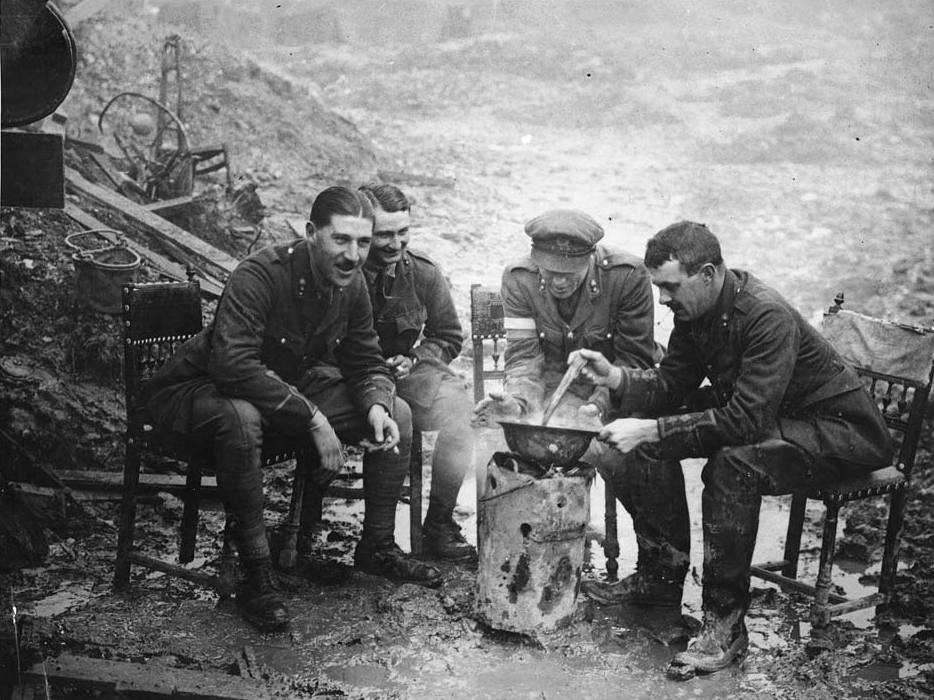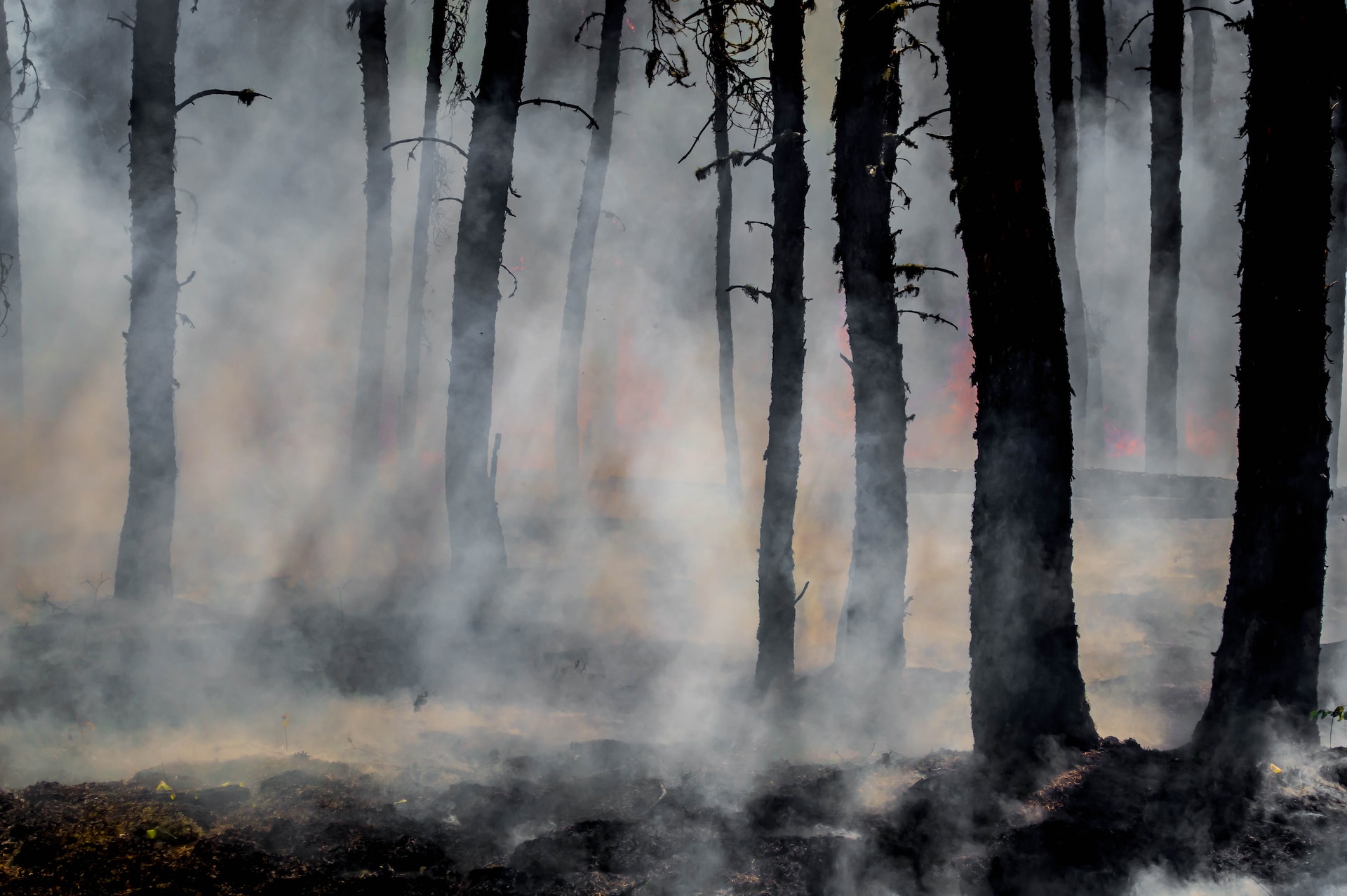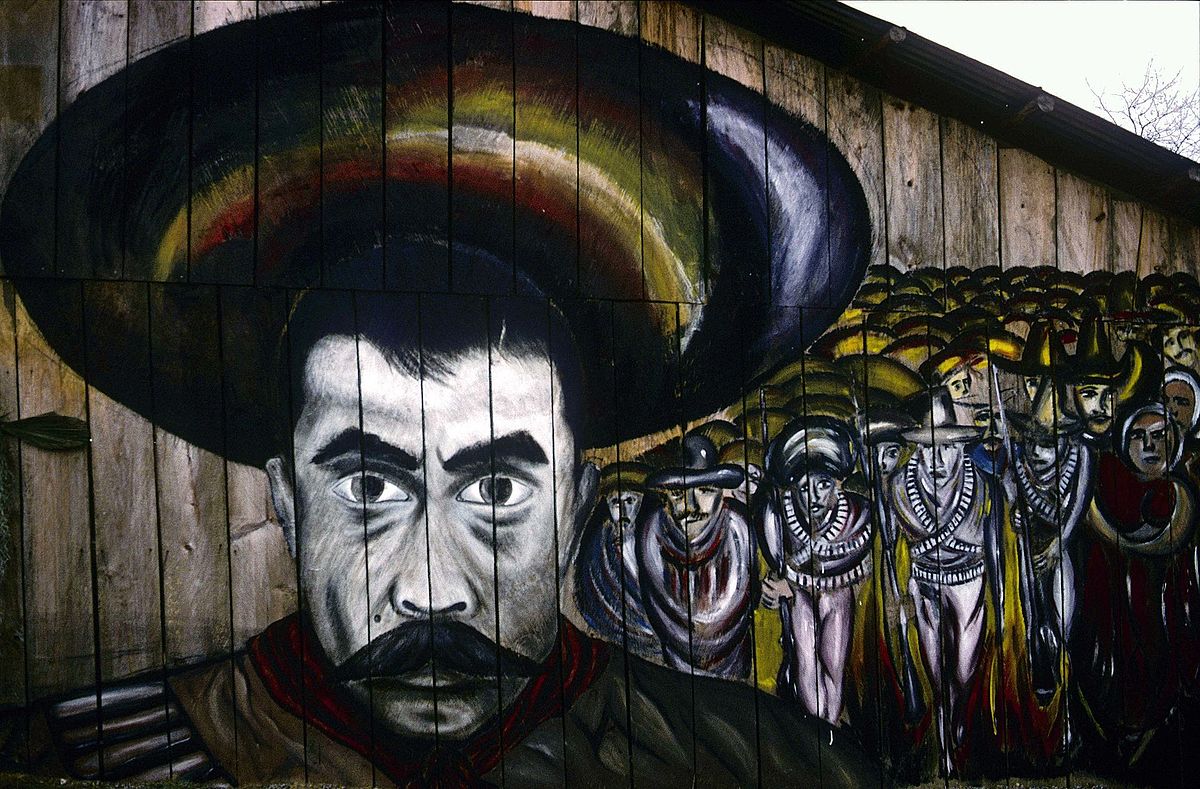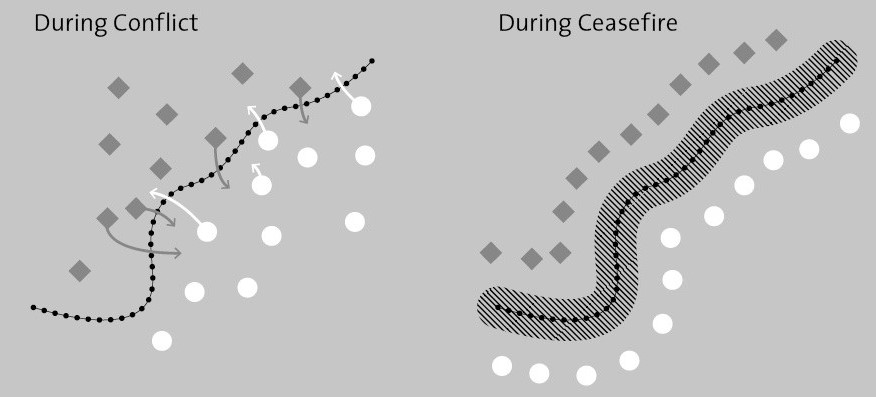
Image courtesy of the National Library of Scotland / Flickr, Open air cookery near Miraumont-le-Grand, Western Front, during World War I.
Mediation Perspectives is a regular series of blog contributions by the CSS Mediation Support Team and occasional guest authors.
In this blog, we discuss what ceasefires are and how they related to peace mediation. The Mediation Support Network (MSN) met online on the 16th of February 2023 to discuss the recently published UN DPPA “Guidance on Mediation of Ceasefires”. After reflecting on key points from the Guidance, the MSN members grappled with the questions: what insights and challenges do MSN members face in their work related to ceasefires? What are the gaps and ideas that might carry the Guidance forward?



 Image: © Jeremy Brickhill, Lines of Control and Withdrawal, from «Mediating Security Arrangements in Peace Processes»
Image: © Jeremy Brickhill, Lines of Control and Withdrawal, from «Mediating Security Arrangements in Peace Processes»